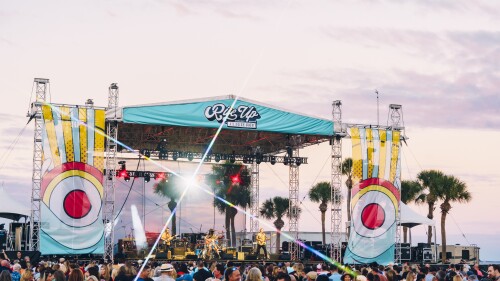What’s in a name? As it turns out, quite a lot.
We’re indulging in some linguistics today, specifically with a look at local toponymy, the study of place names. For the first installment in the series, let’s dive into the name origins of some notable Pinellas County locations.
Pinellas County
The county itself gets its name from the combination of the Spanish punta pinal, which translates to “point of pines.” This was an accurate description of the area’s natural beauty when its first European inhabitants landed in the 16th century.
St. Petersburg
Pinellas’ largest city has fascinating toponymic roots. Legend says St. Petersburg was named by Peter Demens, an exiled Russian aristocrat, thanks to the flip of a coin. However, this myth has been debunked, and history suggests Demens named the city after where he was born. The coin story is more fun.
Safety Harbor
The quaint city’s name has roots in the early 18th century, at which point pirates roamed the seas around the Tampa Bay area. Once boaters traveled up Old Tampa Bay to Safety Harbor, they were no longer in danger.
Treasure Island
Speaking of pirates, property owners in Treasure Island engaged in an element of skulduggery themselves. During Florida’s land boom of the early 1900s, owners boosted home sales by “burying and then ‘discovering’ wooden chests on the beach” claimed to be full of treasure, enticing folks to the area.
Pass-a-Grille Beach
There are several theories for this one. A popular explanation is that fishermen camped at a stretch of the island called “Passage of the Grillers,” where they grilled up their fresh catches. We took a deep dive into Pass-a-Grille’s history.












